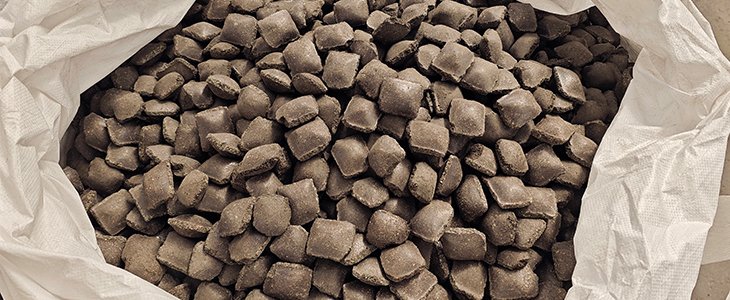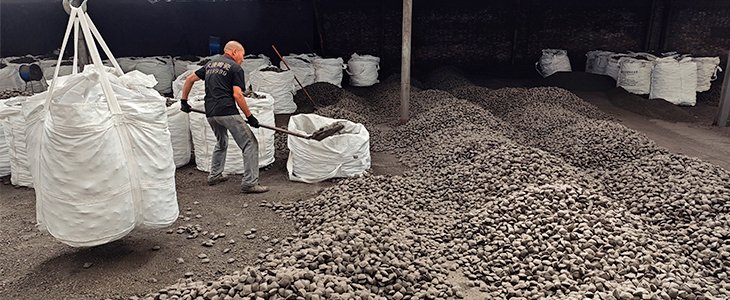In the world of metallurgy, the quality of steel is determined by the alloys used and the precision with which they are applied. Among these alloys, silico manganese briquettes holds an indispensable place. These versatile materials are crucial in enhancing the mechanical properties and durability of various steel products.

Understanding silico manganese Briquettes
Silico manganese briquettes are compacted, solid blocks composed primarily of silicon and manganese, two essential elements in the alloying process for steel. When added to steel in specific proportions, these alloys help achieve the desired chemical and mechanical properties, including improved hardness, strength, and corrosion resistance. The choice to form these materials into briquettes, as opposed to irregular shapes or powders, offers several advantages in terms of handling, distribution, and efficiency.
Key Components:
- Manganese (Mn): Enhances steel's toughness, hardness, and deoxidizing ability, preventing oxidation during steel production.
- Silicon (Si): A powerful deoxidizer, silicon helps to control sulfur and oxygen content in molten steel, improving its quality.
The Production Process: From Ore to Briquette
Producing silico manganese briquettes requires careful planning and specific steps to ensure the final product meets industry standards.
- Sourcing the Raw Materials: The first step involves selecting high-purity manganese ore, silica, and iron. These are the building blocks from which the silico manganese alloy is created.
- Smelting and Alloy Formation: The selected raw materials are fed into a high-temperature furnace, such as an electric arc furnace or blast furnace, where they undergo reduction reactions. At temperatures of around 1500°C to 1600°C, the ore is transformed into a liquid alloy of silico manganese.
- Briquetting: After the molten alloy is created, it is cooled and then compacted into solid briquettes. The briquetting process ensures that the silico manganese alloy is dense, uniform, and easy to handle during steelmaking.
- Quality Control and Testing: Finally, the silico manganese briquettes undergo quality control checks for purity, size, and consistency. Only the best products make it to the steel production facilities, where they will be added to the steel melt.
Why Use silico manganese Briquettes in Steel Production?
The inclusion of silico manganese briquettes in steel production brings several key benefits that cannot be overstated.
- Enhanced Steel Quality: Silico manganese plays a vital role in improving the strength, ductility, and resistance to corrosion of steel. It prevents defects such as cracks and improves the overall workability of steel products, making them more suitable for applications that require high performance.
- Improved Deoxidization: During steel production, the presence of oxygen can weaken the material. Silicon and manganese serve as deoxidizers, binding to oxygen in the molten metal, ensuring that the steel remains pure and strong.
- Cost Efficiency: Using silico manganese briquettes helps reduce the need for additional alloying agents, which can be more expensive. Moreover, the compact form ensures efficient use of materials, as it distributes evenly and quickly in the molten steel.

Applications of silico manganese Briquettes in Stainless Steel Production
The most common use of silico manganese is in the production of stainless steel. Stainless steel is highly resistant to corrosion, which is a critical property for industries like food processing, pharmaceuticals, and construction. silico manganese ensures the steel maintains a high level of durability and formability, making it ideal for these applications.
Silico manganese briquettes, though small in size, have a massive impact on the quality of steel produced. From enhancing steel’s mechanical properties to ensuring cost-effective and sustainable production, these alloying materials play a critical role in various industries. As steelmaking technologies continue to evolve, silico manganese briquettes will undoubtedly remain a cornerstone in creating the high-strength, durable materials that shape our modern world.
